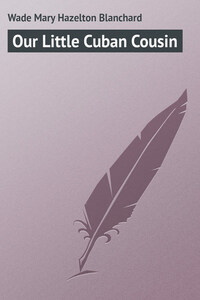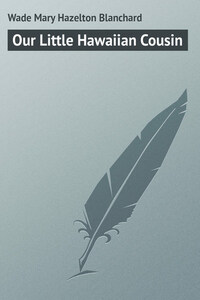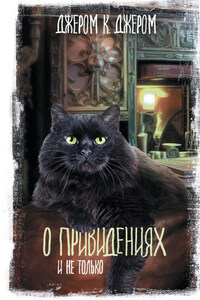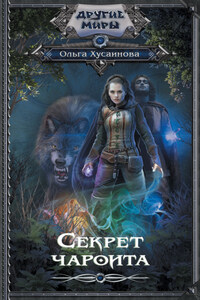You all know the story of Columbus – how, more than four hundred years ago, he sailed from Spain out into the west; and also how the people, as they watched his ships fading from sight, believed they would never look upon the fleet again, for the brave sailors who manned it were moving into an unknown world whose dangers no one could measure.
You also remember what happened before Columbus returned from that long voyage – that a new continent was discovered where strange people of a race before unheard-of were living the life of savages, and that the great sailor, believing he had entered the waters of India, named these red men, Indians.
Instead of reaching India, as he supposed, he had brought to light a new and great continent – so vast that it embraced all climates; rich, moreover, in mines and forests, lakes and rivers, high mountains, fertile plains and valleys. And there were none to enjoy all these beautiful gifts of God save tribes of red men, except in the far north the Eskimos in scattered villages. They, too, like the Indians, were savages who knew nothing of the ways of white men. They lived in small settlements along the ice-covered shores of the ocean.
After Columbus had crossed the Atlantic and discovered this New World, other ships soon followed in the course he had marked, and the people of Europe settled in one place after another. At first they made their homes near the shores of the ocean. This was partly through fear of the red men who were not pleased at the thought of these new neighbors, so different from themselves. As years went by, however, the newcomers moved farther and farther into the west, driving the Indians and the wild beasts before them, until now the homes of the white men are found throughout the land. People of unlike faiths and speaking different languages cross the ocean in shiploads, for they feel that when America is reached they will find freedom and happiness.
The Indians who are still left in the country are slowly learning the ways of the white men. They are taught in schools by white teachers. They live in houses instead of the wigwams which were their former homes. They dress in white men’s clothes. They even plant gardens and care for their farms in the way of civilized people.
There are many Negroes in North America also, but they are found mostly in the southern part of the United States. They were first brought as slaves from Africa, but are now free and independent. Although they were once savages like the Indians, they have been quick to imitate and have easily fallen into the ways of the white men. Thus the red and the black races, the white and the yellow, can all be found at home in North America, abiding together in peace and comfort as the children of One Great Father should do.
CHAPTER I
Little Folks of Iceland
In the far northeast corner of North America lies the island of Iceland where little Danish children live far from the rest of the world. It is very cold in that northern country, yet the presence of volcanoes there and the lava that spreads over much of the country tell the story that ages ago the island was slowly built up from the lava that flowed from volcanoes rising up out of the bed of the ocean.
However that may be, the boys and girls of Iceland are happy little people who laugh and sing, dance and play as merrily as children who live where the sun shines all the year round and the seasons chase each other so rapidly that Mother Nature is constantly preparing new delights for them.
Away back in the ninth century a great chief called Nadodd left Europe in search of adventure. When he had sailed for a long time he came in sight of a land covered with snow. It seemed a cold, bleak place, but he landed, nevertheless, and gave the country the name of Snowland.
After Nadodd came two Norse chiefs who had quarreled with their king and left Norway to seek a new home. Although they found Snowland or rather Iceland, as it is now called, cold and desolate as Nadodd had done, they decided to settle there and other people from Norway followed them and built homes for themselves and their families along the coast.
These things and many more are written down in a big book treasured by the Icelanders to-day, – how little children were born to the settlers, how they were ruled by their chiefs, and how, after a while, one of their people went back to Europe and listened to the teachings of the Christian religion. He gave up his belief in heathen gods, and when he came back to Iceland he converted the settlers. From that time they, too, were Christians and had Christian ministers among them who taught and helped their little ones and themselves.
As time went by Norway, and with it Iceland, came under the rule of Denmark. Afterwards it became separate again, but Iceland did not, and is to this day looked upon as belonging to the Danes. Most of the children, however, by reading in the famous old book of their people, can trace their families back to the two Norwegian chiefs and their followers who were the first settlers in Iceland.










